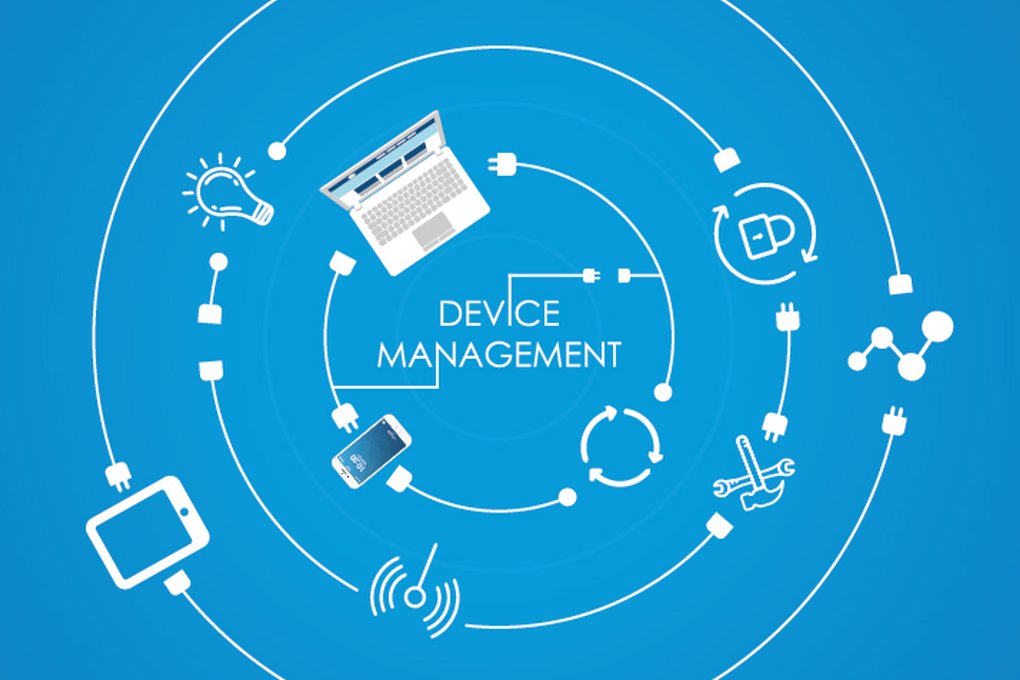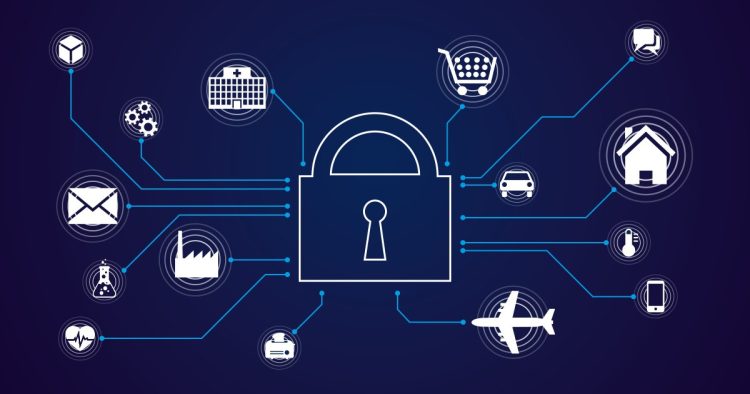IoT (Internet of Things) devices are rapidly gaining popularity, with over 40 billion IoT devices currently existing. And according to predictions, this number is expected to grow exponentially, reaching over 75 billion by 2025. This means the IoT industry presents a highly lucrative market for tech-savvy companies to explore and exploit. However, as with any rapidly growing technology, IoT devices present significant security challenges for businesses and users.
In this regard, it is crucial to understand the scope of the problem by delving into the chief vulnerabilities that make IoT devices insecure and examining potential solutions. The proliferation of IoT devices has increased the number of attack vectors that malicious actors can exploit to gain access to sensitive data or take control of devices. This vulnerability is further compounded by the lack of security features in most IoT devices, often designed with cost and convenience as top priorities rather than security.
As a result, businesses and individuals risk falling victim to IoT-related attacks, such as distributed denial-of-service (DDoS) attacks or data breaches. However, solutions to these vulnerabilities do exist. Our blog will reveal all the information about our topic and guide safeguarding your devices against potential vulnerabilities.
Poor Passwords and User Authentication

Undoubtedly, personal passwords are essential to everyday life today, as we use them to access many devices and accounts, such as phones, laptops, and social media platforms. However, this crucial security measure is often overlooked or poorly implemented in IoT devices. Many of these devices, including fitness trackers and thermostats, lack proper authentication, making them vulnerable to attacks from malicious actors.
Additionally, some IoT devices come with default passwords, which are generally weak and often remain unchanged by users, making them susceptible to brute-force attacks. Even if a hacked IoT device doesn’t contain valuable information, it can provide an easy entry point for hackers to access your entire network or use it to carry out more complex attacks. To safeguard against these potential security breaches, it’s essential to utilize strong passwords and choose IoT devices with robust authentication protocols.
Built-In Security

When it comes to the security of IoT devices, the lack of built-in antivirus software or security options is a significant concern. Unlike desktops, laptops, mobile phones, and tablets with pre-installed security measures, most IoT devices do not offer such features, making them more vulnerable to malware attacks. In light of this, IoT devices need to be designed with security as a priority.
At our company, we prioritize safety in all of our software solutions to protect our clients from potential security breaches that can compromise their data and systems. By designing IoT devices with security in mind, we can mitigate the risks associated with using them and ensure they are protected against malware and other types of cyberattacks.
Lack of encryption

Without password authentication, an IoT device will likely not encrypt the data it sends, creating another vulnerability for potential cyberattacks. This lack of encryption allows hackers to intercept data, potentially altering communications or stealing login credentials.
By implementing cryptographic encryption, IoT devices can be made significantly more secure. We strongly advise ensuring that your IoT devices utilize robust encryption protocols to prevent unauthorized access and data breaches.
Firmware upgrades that are inconsistent or missing

The continuous connectivity of IoT devices creates an ongoing challenge for developers, who need to remain vigilant and issue updates to ensure the security and compliance of these devices. As new threats emerge, software companies must release operating system updates to protect IoT devices from potential vulnerabilities. However, delays in these updates from either the developer or the user can expose the IoT device to risks.
To mitigate this risk, it’s recommended to partner with a reliable and trusted software provider that offers regular firmware updates. Doing so lets you avoid emerging threats and ensure your IoT devices are secure and up-to-date. This protects your business and ensures the safety and privacy of your users’ data.
Lack of Device Management

One common problem in IoT security is the presence of unauthorized devices on networks, creating vulnerabilities that are difficult to detect and manage. However, the Particle Device Cloud console can help address this issue by serving as a centralized command center for IoT device fleets. This console allows you to monitor all connected assets in one place and provides an overview of important metrics such as device health and firmware versions.
With this level of visibility, you can avoid unexpected discoveries of unmanaged devices on your network. Additionally, by maintaining a secure and authenticated connection to the Particle Cloud, you can confidently deploy firmware updates and issue commands to your devices, knowing you have a comprehensive view of your IoT ecosystem.
Outdated Operating Systems

The final vulnerability on our list pertains to the issue of legacy devices with outdated operating systems sharing a network with newer IoT devices. This presents a significant challenge in terms of platform management. For instance, hospitals often have bright lighting and thermostats sharing the same network as critical equipment such as patient monitors and ventilators. Such sites can be prime targets for ransomware attacks, which can have serious consequences. To mitigate this risk, partnering with a software provider who prioritizes security in their designs and offers comprehensive IoT platform management can make a significant difference.
Conclusion

In conclusion, the proliferation of IoT devices in our daily lives has transformed how we interact with technology. However, the risks associated with these devices cannot be ignored. The security vulnerabilities of IoT devices can lead to significant consequences, including data breaches, network compromise, and ransomware attacks. By taking proactive measures and working with trusted software partners, businesses and individuals can ensure the safety and security of their IoT devices, protecting themselves and their networks from potential threats.




